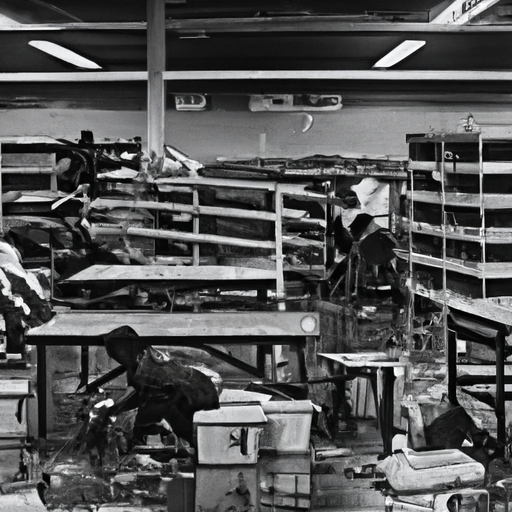The Underbelly of the Canadian Opioid Crisis and Efforts to Mitigate Its Impact
Canada is currently grappling with a significant public health crisis— the opioid crisis. This pervasive issue has not only instigated a public health emergency, but its implications extend into the social and economic spheres as well. A recent article from CTV News highlights an additional impact of this crisis: the disruption of community resources designed to help the most vulnerable.
Impact on Community Resources
Flood damage at a North York Harvest Food Bank has had a severe impact on the local community. The food bank is a critical resource for vulnerable individuals and families who have been adversely affected by the opioid crisis—either directly or indirectly. The closure of this facility has left a significant gap in support within the local community, further stressing the impact of the opioid crisis.
The Direct and Indirect Effects of the Opioid Crisis
While the effects of the opioid crisis are far-reaching and multi-faceted, some of the key points highlighted in the piece include:
- The increasing rates of opioid misuse and overdoses, leading to a dramatic spike in fatalities
- The escalation in healthcare costs and resources required to manage and treat these cases
- The surge in homelessness and crime rates, as individuals grappling with addiction struggle to maintain their livelihoods and well-being
Tackling the Crisis: Measures in Place
In the midst of this crisis, several efforts have been made to mitigate its devastating effects and provide support to those most affected. The opioid class action in Canada, for instance, aims to hold pharmaceutical companies accountable for their role in fueling this crisis. Various frontline organizations and healthcare providers have also embarked on initiatives to distribute naloxone (an overdose-reversing medication) to communities most at risk.
These efforts, while valuable, are often disrupted when the infrastructure supporting these vulnerable communities—like the food bank in North York—is itself affected. It is essential to understand that a robust and well-resourced support network is vital to complement these measures, and to ultimately achieve a long-term solution.
The Call to Action
In this time of crisis, collaboration and collective efforts are needed more than ever. The flood damage at the food bank has sparked a call for help from the wider community. Donations, support, and advocacy can help rebuild this essential resource, thereby contributing to the broader fight against the opioid crisis.
Conclusion: Amplifying the Response to the Opioid Crisis
To summarize, the piece from CTV News illustrates the profound impact of the Canadian opioid crisis on not just the health but also the social and civic fabric of communities. It underscores the need for a more inclusive, comprehensive approach that encompasses both direct interventions (like the opioid class action and naloxone distribution) and indirect supports (like community food banks).
The toll of the crisis is felt by all sectors of society, and as such, it requires a collective response. Supporting initiatives like the recovery of the North York Harvest Food Bank is one of the many ways civic and community leaders can play a part in battling the opioid crisis and its widespread implications.
